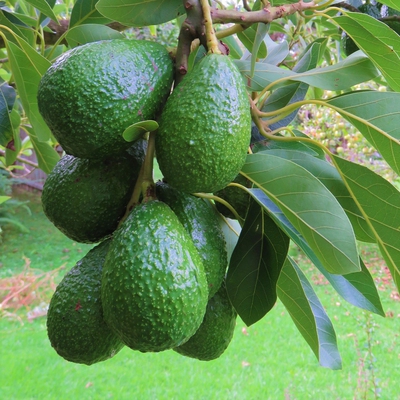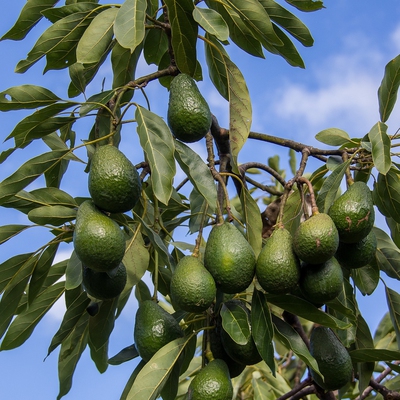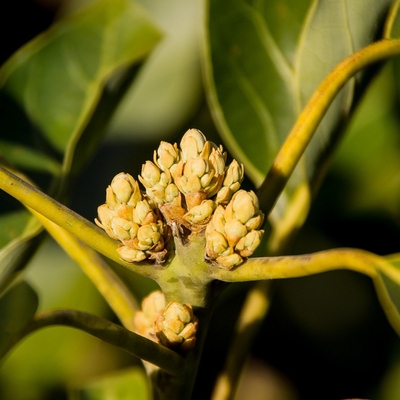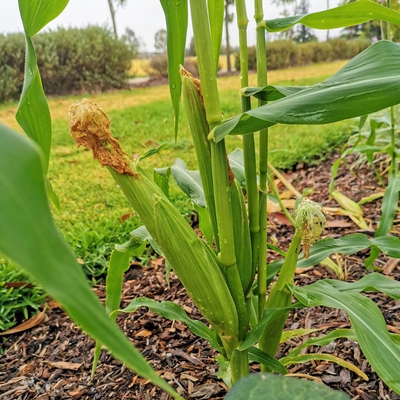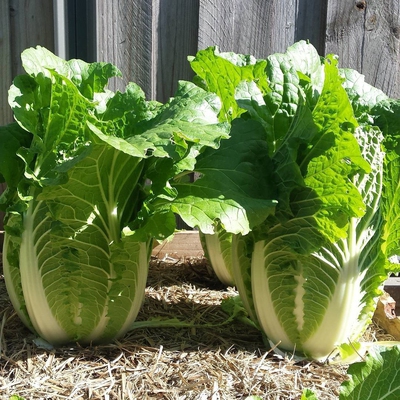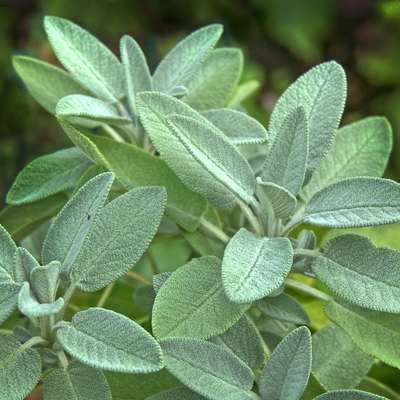Learn everything you need to know about growing Avocados, from planting to harvesting. Get tips for sun requirements, spacing, and pests and troubleshooting.
 Soil
Soil
What soil is good for Avocado?
Avocado trees require rich, sandy loam soil that is well draining. Mix in plenty of organic matter before planting.
Like most fruit trees, Avocados require deep, well draining soil. They will not tolerate waterlogged soil and will develop root rot as a result. Avoid planting in heavy clay unless the soil has been amended. Heavy soils can be improved by incorporating gypsum, organic matter and by mounding the soil before planting to improve drainage.
 Position
Position
How much sun does Avocado need?
Plant Avocado trees in a full sun position.
 Frost Tolerant
Frost Tolerant
Is Avocado frost tolerant?
Mature Avocado trees will tolerate mild frost, however young avocado trees cannot and will need protection.
 Spacing
Spacing
How much space does Avocado need?
Plant Avocado trees roughly 6m apart.
 Planting
Planting
When should I plant Avocado?
The optimum temperature for growing Avocados trees is between 25 and 33°C (77–91.4°F)
Avocado trees should ideally be planted in the spring when the soil has warmed through.
Dig a hole 2-3 times the width of the root ball. The hole should allow the plant to sit at the same level in the soil as it was previously. Fill the hole with soil ensuring the crown of the plant, where roots and stem meet, is level with the soil surface.
Plant out in the early morning or evening and/or on an overcast day. Avoid planting at peak sun times or on windy days, this will allow your plants to settle in comfortably and protect them from windburn and sunburn.
 Feeding
Feeding
What do I feed Avocado?
Young Avocado trees are very hungry plants, apply an organic fertiliser with added nitrogen about 4 times a year.
Mature Avocado trees should be fertilised in spring, use an organic fertiliser without the additional nitrogen. Too much nitrogen during fruiting season will result in extra foliage growth rather than fruit production.
Top-dress the soil around the Avocado tree with well-rotted organic matter each spring. Add a 2-3 inch layer of mulch around the tree up to the drip line to retain moisture (be careful not to pile mulch against the tree trunk as this may lead to trunk rot and disease).
 Harvesting
Harvesting
When can I harvest Avocado?
Avocado harvesting can be tricky and harvest times will vary according to the variety planted. Mature avocados that are ready for harvest should be a good size and will have a yellowing fruit stem. Fruit should be harvested when mature, but not ripe. Avocados will ripen after harvest.
When the fruit is cut and the seed removed, the seed coat should be dry and not stuck to the flesh. The seed should be dark brown in colour. Dark skinned varieties of Avocado will change in colour from bright green to a purpley black after harvest.
If you are unsure when to harvest or unsure which variety of avocado you have planted, harvest one or two fruits and allow them to sit for 7-10 days to ripen. Once the avocado softens, cut it open. The flesh should be a green in colour, soft and buttery. If picked too soon, the fruit will never ripen sufficiently due to it's low oil content. Fruit harvested too early will have a rubbery consistency, with poor flavour. The longer the fruit stays on the tree, the more oil content it will develop.
Avocados should be left on the tree to mature to a good size, however should not be left to ripen on the tree. If left on the tree too long, the oil content inside the fruit will turn rancid and the fruit will become inedible.
 Pests
Pests
What pests does Avocado get?
Pests that can affect Avocado trees include: Avocado Thrips, Western Avocado Leafroller, Persea Mites, Mealybug.
 Diseases
Diseases
What diseases does Avocado get?
Diseases that can affect Avocado trees include: Algal Leaf Spot, Sunblotch, Anthracnose, Black Streak, Scab, Stem-end Rot, Bacterial Soft Rot, Phytophthora Root Rot.
 Notes
Notes
Is there anything else I need to know about Avocado?
Avocado trees are classified into ‘Type A’ and ‘Type B’ varieties. It’s best to plant one of each to increase your chance of successful pollination and fruit set. While you can successfully get fruit with just one type of avocado tree, planting from each type will help increase fruit production. If you don’t have room for more than one Avocado tree, you can always graft a branch from the opposite tree type onto your existing Avocado tree.
